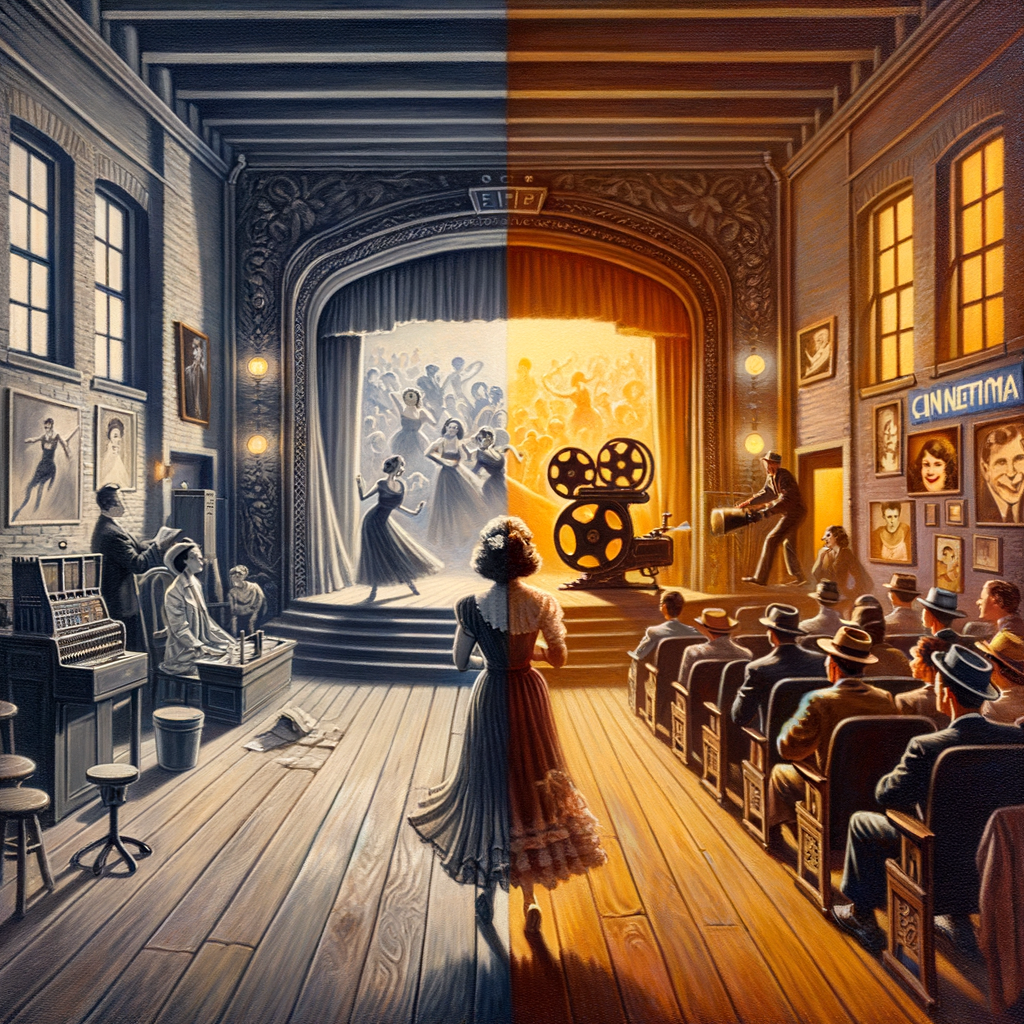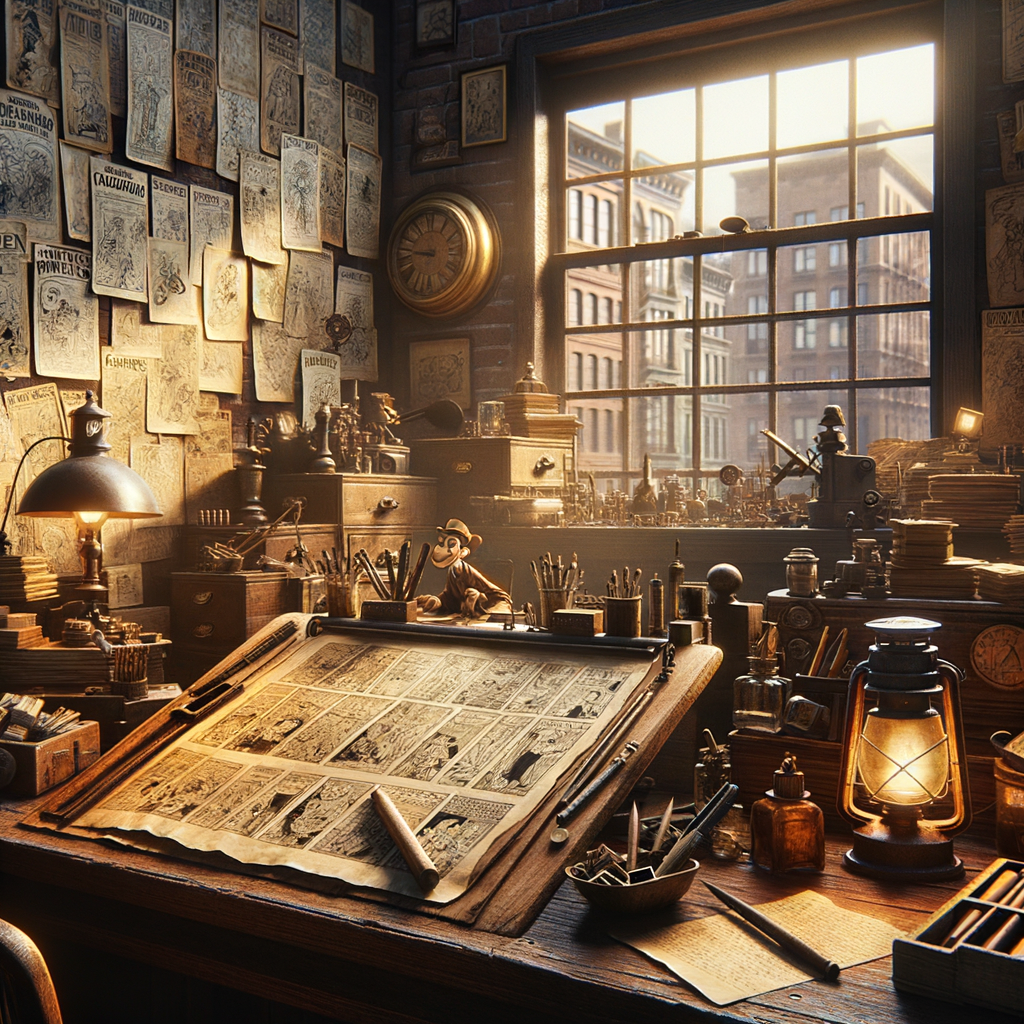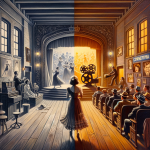Now Reading: A Deep Dive into the Life of Richard Blackwell
-
01
A Deep Dive into the Life of Richard Blackwell
A Deep Dive into the Life of Richard Blackwell

A Deep Dive into the Life of Richard Blackwell
Richard Blackwell, born Richard Sylvan Selzer in Brooklyn, New York, is a multifaceted personality known for his contributions to the world of fashion and media. As a fashion critic, journalist, television and radio personality, artist, and former fashion designer, he has left an indelible mark in the industry. In this blog post, we will explore the fascinating history and legacy of Mr. Blackwell.
Early Life and Background
Richard’s journey began in the vibrant neighborhood of Bensonhurst. Growing up in New York City exposed him to diverse cultures and styles that would later influence his fashion aesthetics.
- Birth Name: Richard Sylvan Selzer
- Date of Birth: August 29, 1922
- Early Interests: Acting and Fashion
Career Highlights
Throughout his career, Richard Blackwell became a prominent voice in fashion critique and media. He was best known for his annual “Worst-Dressed List”, which celebrated the infamous and often outrageous fashion choices of celebrities.
Blackwell began acting in theaters in his teens, appearing in the original 1935 Broadway production of Sidney Kingsley’s Dead End. Relocating to the West Coast (where he studied with Judy Garland and Mickey Rooney) he adopted the professional name “Dick Ellis” and played small parts in the movies.
Television and Radio Appearances
His television appearances, particularly on talk shows, made him a household name. Here are some key highlights:
- Regular guest on shows such as “The Merv Griffin Show”
- Hosted his own segments providing fashion advice
- Featured in numerous documentaries and specials on fashion history
Howard Hughes then signed him to RKO and changed his name to Richard Blackwell.He returned to Broadway in 1944 for Catherine Was Great, which starred Mae West, but left acting to become a Hollywood agent. He discovered his talent for fashion design while making stage costumes for his clients.Fashion Design and Criticism
In addition to critiques, Richard was also a proficient fashion designer. His designs were known for their unique flair and dramatic styling:
- Created flattering silhouettes that highlighted elegance
- Master of combining colors and textures
- Trained several aspiring designers through mentorship
He was syndicated in The Globe tabloid and wrote features in newspapers and lifestyle magazines. His “Fabulous Fashion Independents” often featured celebrities whom in prior years have been listed in his Ten Worst-Dressed.
The first “Ten Worst-Dressed Women” list premiered in 1960, to moderate media success, but as the House of Blackwell became more successful, the list took off. By its third year every television and radio network and virtually all news services worldwide began to cover it.
Artistry and Influence
Richard’s talents weren’t limited to fashion; he was also an accomplished artist. His artistic endeavors helped him visualize garment designs and showcase his concepts in a captivating manner.
His critiques often swayed public opinion, and he cultivated a reputation for being forthright yet fabulous, garnering respect from both the community and the celebrities he critiqued.
The name “Mr. Blackwell” came in the late-1950s when he launched his clothing line. As with Valentino, Versace and later Richard Tyler, he and his line became synonymous. He was an important designer and during the 1960s he became the first in history to present his line on a television broadcast, and was the first to make his line available for plus-size women. His designer dresses sold for between $800 to $1,000 and were very successful.
During the nearly two decade existence of the “House of Blackwell”, he was designer to Yvonne De Carlo, Jayne Mansfield, Dorothy Lamour, Jane Russell and California first lady Nancy Reagan. At the height of his prominence, he openly declared his disdain for Women’s Wear Daily and its publisher, John Fairchild. During the 1980s, the emerging drift toward casual wear brought an end to The House of Blackwell.
In his beginning years as a designer he was asked to do a one-time article for The American Weekly magazine of the “10 Best and Worst Dressed” people and developed the franchise from it. Although best known for his “Worst Dressed” list, he maintained a successful career as a fashion journalist.
Philosophy and Legacy
Blackwell’s work wasn’t just about clothes; it was about the art of presentation. He believed that fashion was a form of self-expression and should reflect one’s personality. Even after his passing in 2019, his influence remains in the fashion world.
Enduring Impact
Richard Blackwell will be remembered not just for his sharp critiques but for his indomitable spirit and passion for fashion. His legacy continues to inspire new generations of fashion enthusiasts and critics, solidifying his place in fashion history.
Filmography
Little Tough Guy (1938) as Bud (un-credited)
Juvenile Court (1938) as Ears (Dick Selzer)
Promises! Promises! (1963) as Jayne Mansfield’s wardrobe designer
The Mike Douglas Show (1967-1975) as Himself
Mr. Blackwell Presents (1968, TV Movie) (Host, designer and producer)
The Virginia Graham Show (1970-1971, TV Series) as Himself
The Tonight Show Starring Johnny Carson (1970-1973, TV Series) as Himself
Truck Turner (1974) as Wino
The Brady Brides (1981, TV Series) as Himself
Matt Houston (1982, TV Series) as Valentine St. Clair
Matlock (1990, two-part episode) as the Art dealer
Blossom (1991, TV Series) as Himself
Civil Wars (1992, TV Series) as Himself
Hollywood Women (1993, TV Mini-Series documentary) as Talking head
Howard Stern (1995, TV Series) as Himself
Port Charles (1997-1999, TV Series) as Himself
Intimate Portrait of Marilyn Monroe (1998, Lifetime TV documentary) as Himself (interviewee)
Elvis Is Alive! I Swear I Saw Him Eating Ding Dongs Outside the Piggly Wiggly’s (1998) as Himself
Foreign Correspondents (1999) as Second Landlord (final film role)
Stage
Dead End (1935) – billed as Richard Seltzer
Catherine Was Great (1944) – billed as Dick Ellis
Stage
Dead End (1935) – billed as Richard Seltzer
Catherine Was Great (1944) – billed as Dick Ellis
Conclusion
In summary, Richard Blackwell’s life was a testament to the dynamic world of fashion critique and design. From his humble beginnings in Brooklyn to becoming a celebrated icon, his journey is a valuable chapter in the history of fashion. Whether through his reviews, designs, or personal style, Richard taught us that fashion is a powerful form of communication, paving the way for future icons to express their creativity.
Stay Informed With the Latest & Most Important News
Previous Post
Next Post
-
 01Famous Writers from Brooklyn, New York
01Famous Writers from Brooklyn, New York -
 02A Comprehensive Look at Famous Novelists from Brooklyn, New York
02A Comprehensive Look at Famous Novelists from Brooklyn, New York -
 03The Impactful Journey of Donald Joel Aronow: A Boat Design Pioneer
03The Impactful Journey of Donald Joel Aronow: A Boat Design Pioneer -
 04A Scenic Journey: The Staten Island Ferry from Brooklyn to Manhattan
04A Scenic Journey: The Staten Island Ferry from Brooklyn to Manhattan -
 05Famous Sports Stars from Brooklyn, New York
05Famous Sports Stars from Brooklyn, New York -
 06A Look Back at the 1977 Brooklyn Blackout: Causes and Impacts
06A Look Back at the 1977 Brooklyn Blackout: Causes and Impacts -
 07A Comprehensive Look at Barry Manilow’s Brooklyn Roots
07A Comprehensive Look at Barry Manilow’s Brooklyn Roots

































